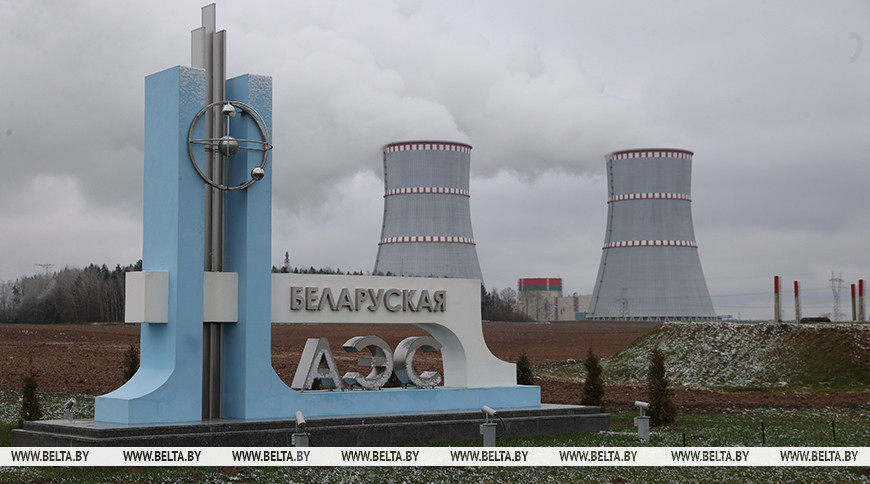
OSTROVETS DISTRICT, 21 November (BelTA) - Since the connection of the first power unit to the national grid (3 November 2020), the Belarusian nuclear power plant (BelNPP) has generated a total of 37.5 billion kWh of electricity, which made it possible to replace over 10 billion cubic meters of natural gas, BelTA learned from the press service of the Energy Ministry.
Belarus has stopped importing electricity. The country's dependence on imported natural gas has been reduced.
The Belarusian nuclear power plant facilitates the widespread use of modern technologies. A number of innovative projects are being prepared for launch in industry, science, nuclear medicine. The BelNPP construction project gave rise to the city of nuclear scientists of Ostrovets and Ostrovets District. New schools, kindergartens, a hospital, a sports and recreation center, and a community center have been built here. More than 50 residential buildings have been commissioned in the city.
The Belarusian nuclear power plant uses the Russian design AES-2006 featuring two VVER-1200 reactors with the total output capacity of 2,400MW. It is an evolutionary nuclear power plant design with third-generation water-moderated reactors. Such designs boast improved technical and economic parameters. A combination of active and passive safeguards is their key feature.
The first unit of the Belarusian nuclear power plant was put into commercial operation in June 2021, the second unit - in November 2023. Annually, the BelNPP will generate about 18 billion kWh and will provide more than 40% of the country's domestic electricity needs. The nuclear power plant guarantees Belarus’ energy security and contributes to the common cause of mitigating the effects of climate change. Thanks to the BelNPP, greenhouse gas emissions will be reduced by about 7 million tonnes per year.
The BelNPP project has become the most high-tech and large-scale in the history of Belarusian-Russian relations. About 40 Belarusian and Russian organizations were involved in the construction of the nuclear power plant. At the peak of the construction, more than 9,000 builders were present on the site. The project brought together scientific and engineering schools, dozens of enterprises and thousands of specialists from the two countries, and contributed to the industrial, scientific and technological potential of the Union State.













